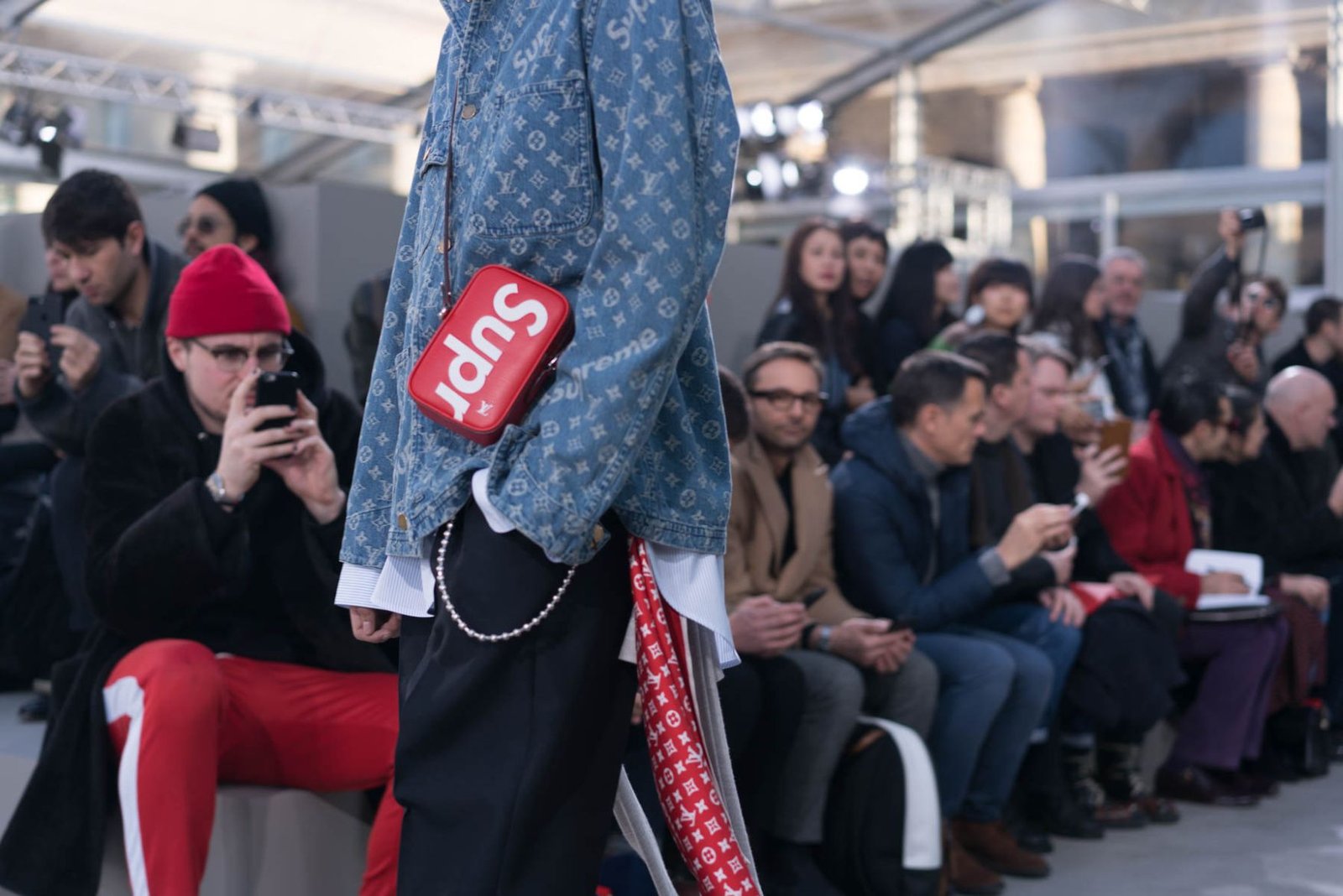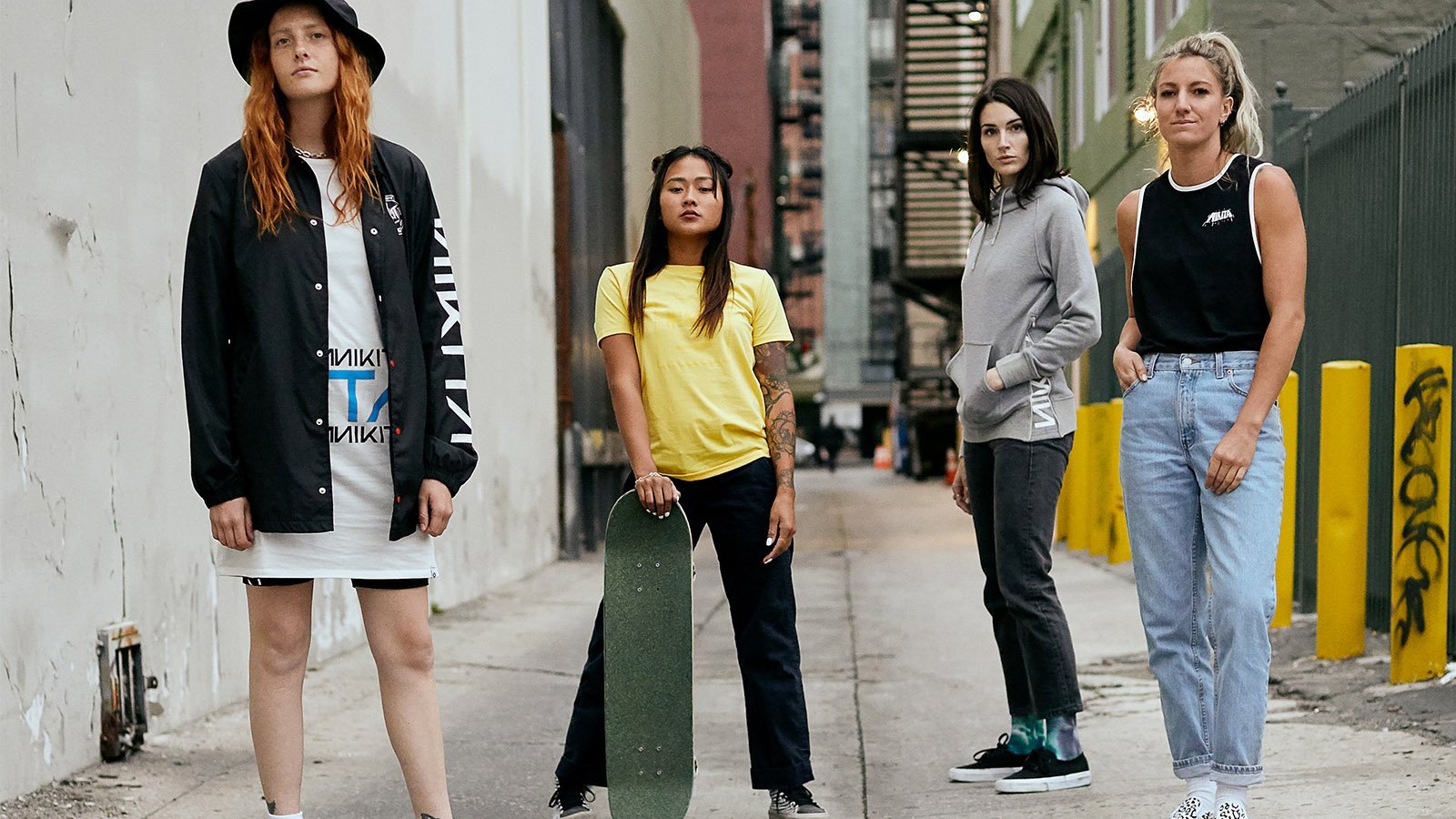I still remember flipping through old skate magazines in the ’90s, eyeing those baggy jeans and graphic tees that screamed rebellion. Streetwear felt like the pulse of the streets—raw, accessible, and tied to real subcultures. Fast forward to today, and it’s everywhere, from luxury runways to fast-fashion racks. But here’s the twist: not all designers cheer this takeover. Some see the label “streetwear” as a box that stifles creativity or whitewashes origins. Let’s dive into why this term, once a badge of cool, now rubs some fashion pros the wrong way.
What Is Streetwear?
Streetwear started as casual gear born from urban vibes, blending hip-hop beats, skate tricks, and surf waves into everyday looks. Think oversized hoodies, bold logos, and sneakers that could handle a grind or a block party. It’s not just clothes; it’s a mindset rooted in youth culture and self-expression.
Over time, it evolved into a global phenomenon, influencing everything from high-end collabs to mall staples. But as it grew, so did the debates—especially among designers who feel the term oversimplifies a complex style.
The Origins of Streetwear
Back in the 1970s and ’80s, streetwear drew from California’s surf scene and New York’s hip-hop energy, with brands like Stüssy and Supreme leading the charge. It was anti-establishment, celebrating countercultures over polished couture.
These roots made it democratic—anyone could rock it without a trust fund. Yet, as mainstream fashion latched on, purists started questioning if the essence got lost in translation.
Key Elements of Streetwear Fashion
Core pieces include relaxed fits, graphic prints, and functional layers that nod to sportswear. Sneakers from Nike or Adidas often steal the show, paired with hoodies or cargo pants for that effortless edge.
It’s all about mixing high-low vibes, but critics argue this formula has become too rigid, trapping designers in repetitive drops.
Why Designers Critique the Streetwear Label
For many creators, “streetwear” evokes hype-driven sameness rather than innovation. It pigeonholes designs into logos and limited releases, ignoring deeper artistry. Designers like those at emerging labels feel it undervalues their craft, turning fashion into a resale game.
The term also hints at disposability, clashing with sustainable or conceptual work. It’s like calling every casual outfit “street”—lazy and limiting.
Cultural Appropriation in Streetwear
High-fashion houses borrowing streetwear motifs without crediting Black, Latino, or Asian origins irks designers deeply. Think luxury brands slapping urban graphics on pricey tees; it feels like theft when roots in marginalized communities are glossed over.
This appropriation dilutes authenticity, making “streetwear” a catch-all that erases stories. Designers from those cultures often call it out, pushing for respect over rip-offs.
Hype Culture and Over-Commercialization
The resale frenzy—think Supreme box logos fetching thousands—turns streetwear into a status symbol, not style. Artificial scarcity fuels consumerism, leaving designers frustrated with fast trends over timeless pieces.
Brands pump out drops weekly, mimicking fast fashion’s pace. It’s exhausting for creators who want substance, not just buzz.
- Pros of hype culture: Builds community and excitement around releases.
- Cons: Encourages waste and inequality, as only resellers profit big.
Sustainability Challenges
Streetwear’s mass production boom contributes to fashion’s waste crisis, with cheap synthetics and overstock piles. Designers highlight how limited-edition hype ignores eco-impact, like microplastics from synthetic hoodies.
Ethical sourcing lags too—sweatshops for “urban” labels? It’s a hypocrisy that turns off conscious creators.
Inclusivity Issues in the Community
Homophobia and toxic masculinity linger in streetwear circles, alienating queer designers and fans. Online forums and events often exclude, clashing with fashion’s push for diversity.
Women and POC designers face gatekeeping, making the “street” feel exclusive despite its roots.
Streetwear vs. High Fashion: Key Differences
Streetwear thrives on accessibility and culture, while high fashion emphasizes craftsmanship and exclusivity. The former’s casual roots challenge the latter’s elitism, but crossovers blur lines.
| Aspect | Streetwear | High Fashion |
|---|---|---|
| Focus | Comfort, graphics, subcultures | Artistry, materials, runways |
| Pricing | Affordable to hype-resale highs | Premium, investment pieces |
| Production | Limited drops, fast cycles | Seasonal collections, bespoke |
| Audience | Youth, urban influencers | Elite, collectors |
This table shows how streetwear’s democratization irks high-fashion purists who see it as diluted luxury.
Pros and Cons of the Streetwear Term
- Pros: Unites a vibrant community; democratizes fashion for everyday folks.
- Cons: Oversimplifies diverse styles; enables appropriation and hype exploitation.
Designers argue ditching the label frees them to innovate beyond stereotypes.
Notable Designer Perspectives
Virgil Abloh, once Off-White’s founder, called streetwear’s “death” a shift to broader influence, clarifying it as evolution, not end. He bridged worlds but faced backlash for commercializing roots.
Others, like Kerby Jean-Raymond of Pyer Moss, critique how big brands performative-ally engage with street culture without real change. Their voices highlight the term’s role in perpetuating inequities.
Rethinking Streetwear’s Future
As Gen Z cools on hype, designers push for “urban contemporary” or culture-specific labels. This could honor origins while embracing growth—less box, more freedom.
Sustainability-focused brands might lead, blending street vibes with ethical practices. It’s a chance to evolve without losing soul.
For more on streetwear’s roots, check out Wikipedia’s overview. If you’re designing your own line, tools like Adobe Illustrator (best for fashion pros) help sketch beyond trends—grab it from Adobe’s site for transactional ease.
People Also Ask
What makes streetwear controversial?
Streetwear sparks debate over appropriation, where luxury brands borrow from subcultures without credit, and hype-driven consumerism that prioritizes profit over ethics.
Is streetwear sustainable?
No, often not—its fast drops and synthetic materials fuel waste, but emerging brands are shifting to eco-fabrics for greener urban fashion.
Why do some say streetwear is dead?
Oversaturation and resale fatigue have dimmed its shine, with designers moving toward integrated styles that blend street with high fashion.
How does streetwear differ from casual wear?
Streetwear ties to specific cultures like skate or hip-hop with bold, limited-edition elements, while casual is broader and less hype-focused.
FAQ
What is the main problem with the term streetwear?
It often reduces diverse urban styles to a commercial buzzword, ignoring cultural depth and enabling appropriation by outsiders.
Where can I learn more about ethical streetwear brands?
Sites like Highsnobiety offer guides; for shopping, try Haus von Eden for sustainable picks that respect origins.
How can designers avoid streetwear pitfalls?
Focus on storytelling and sustainability—tools like Canva for prototyping or ethical suppliers via Alibaba’s verified list help build authentic lines.
Is streetwear still relevant in 2025?
Yes, but evolving; it’s merging with high fashion for more inclusive, less hype-heavy expressions.
Best resources for aspiring streetwear designers?
Books like “Streetwear: The Ultimate Guide” or online courses on Skillshare cover basics, emphasizing originality over trends.



